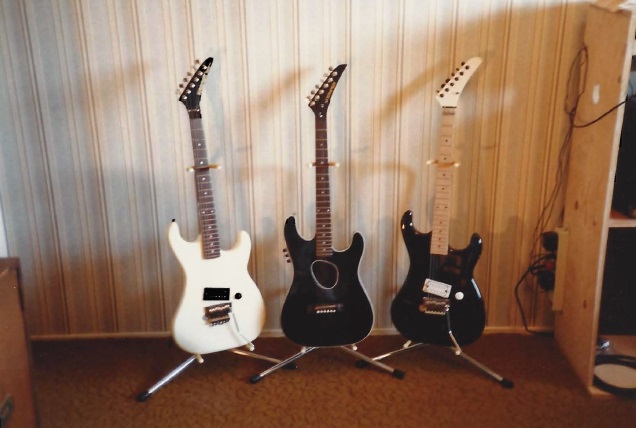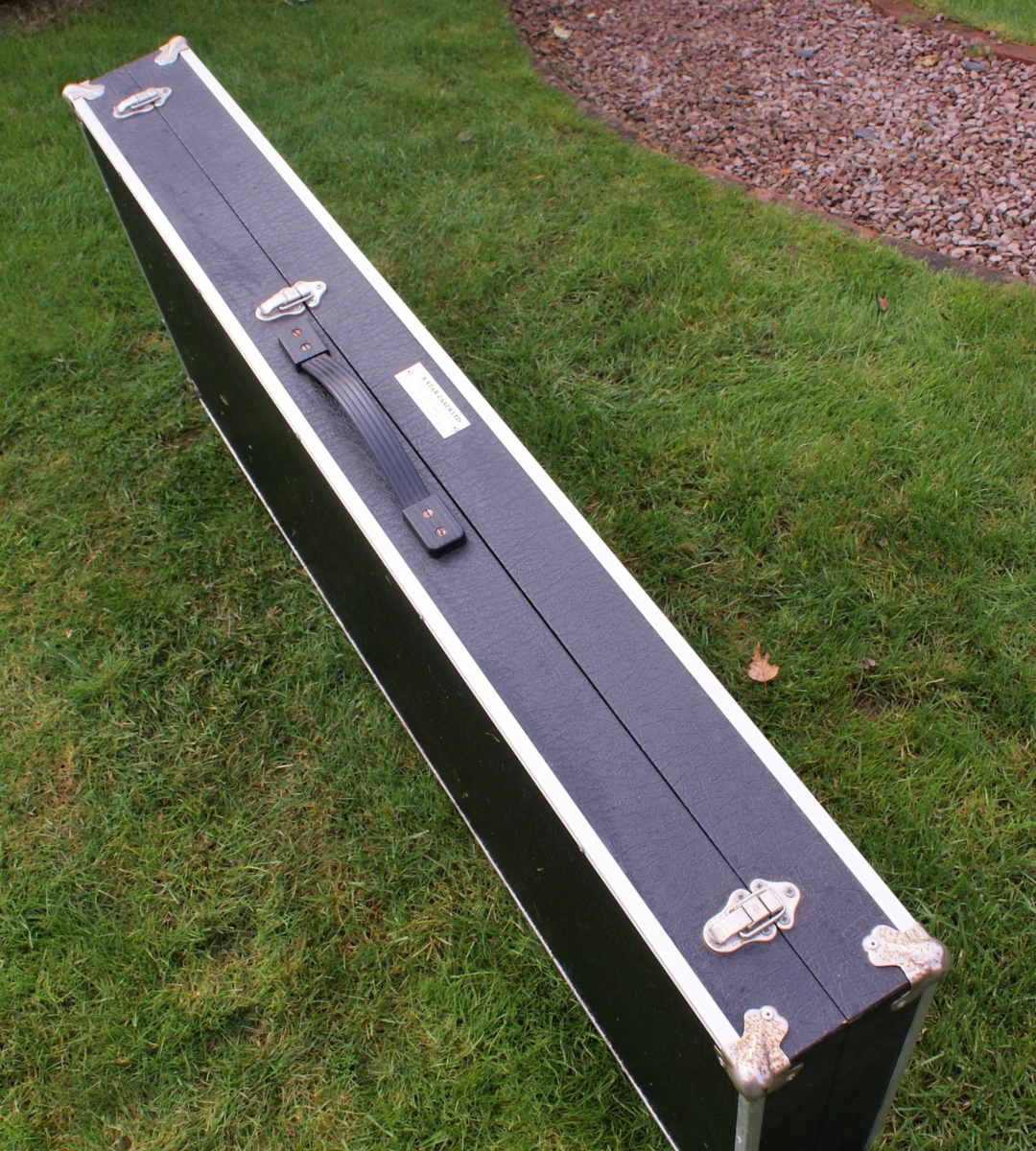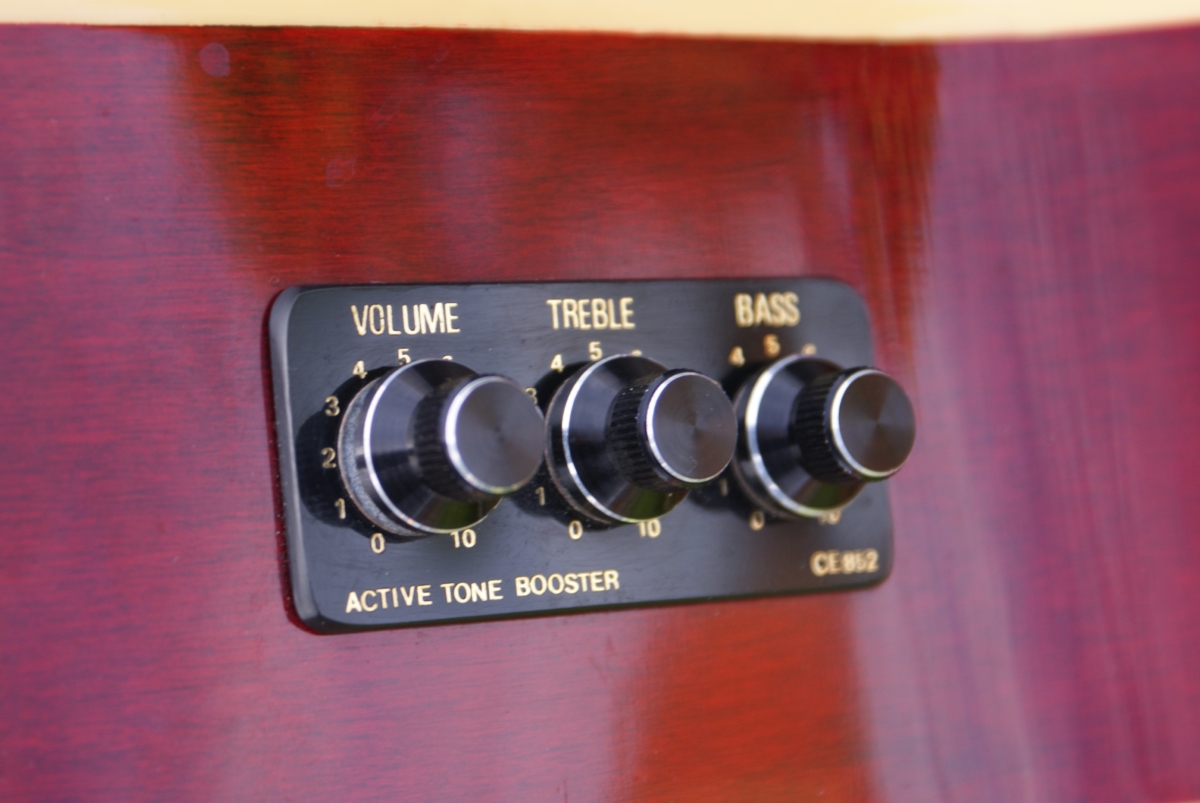


In late 1983 Kramer switched from the "beak" headstock design to the Gibson Explorer-like "hockey stick" headstock design. Kramer was the only guitar company offering Original Floyd Rose tremolos stock on their production guitars, a competitive advantage of Kramer over other guitar manufacturers of the period. In addition, Kramer once again offered Schaller tuners on their guitars, tapping Schaller to produce Floyd Rose tremolos as well. At the meeting, he reportedly quipped that he would help make Kramer the "#1 guitar company in the world." īy 1983 the Rockinger tremolo (sometimes dubbed "The Eddie Van Halen tremolo") had been widely replaced by the Floyd Rose system. A meeting between Eddie Van Halen and Kramer execs took place, and Eddie was sold. Eddie was interested in a tremolo that stayed in tune, which the Rockinger system offered. Early to mid-1980s Ī chance encounter between Dennis Berardi and Eddie Van Halen's managers on an airplane flight set the foundation for Kramer's meteoric rise in the 1980s. Kramer partnered with a German inventor named Helmut Rockinger, and installed his bulky tremolos, precursors to Floyd Rose systems, on its instruments. Kramer executives saw that the guitar techniques of the early 1980s demanded a high-performance tremolo system. Tuning keys and vintage fulcrum tremolos were made by Gotoh in Japan, while the necks were made by Japan's ESP Guitars and shipped to New Jersey for fretting and finishing. Wooden-necked instruments represented Kramer's first foray into offshoring the production of guitar components to Eastern Asia. Later and most common beak guitars were manufactured with a beak headstock from the factory.

The earliest beak guitars were in fact stratheads with a lopped off headstock these can be identified by prominent sanding marks on the curve of the headstock. Instead, Kramer opted for a "beak" headstock reminiscent of 1960s Kent guitar headstocks. After only a thousand or so instruments were built, in May 1981, Kramer received a cease and desist order from Fender to halt the production of strathead guitars. Kramer first released wooden-necked guitars in late 1981, following Charvel's lead on producing instruments that essentially copied the Stratocaster headstock shape from Fender, in violation of Fender's US trademark and design patent. Switching to wooden-necked instruments both held the promise of keeping production costs low as well as being able to appeal to traditionally-minded guitar players. By 1981, Kramer had the tools, and the experience, to take guitar mass production to a new level. Generally, the ratio of basses to guitars produced was about 4:1, primarily because bass players were more willing to experiment. Kramer's "alumi-neck" line lasted roughly until 1982. The hardware was also from a known quality brand: Schaller tuning keys and bridges Schaller and DiMarzio pickups custom-made strap pins aluminum cavity covers. The bodies were usually made of high grade Walnut or Maple, with the earliest instruments made of exotic tonewoods including Koa, Afromosia, Swietenia, Shedua, and Bubinga. Gary Kramer's inserts, set in epoxy, were usually walnut or maple. Other features of the necks included aluminum dots, and a zero fret. Introduced in 1976, early models featured the trademark "tuning fork head" aluminum-reinforced necks with a fretboard made of Ebonol-material similar to one used in bowling ball production.

He was to sell back his interests and receive royalties then represent the company out west but none of this seems to have happened. The rest of the account is murky: Kramer says he was supposed to increase production but was too inexperienced in that area so he wanted to move back to the West Coast. Other involved parties were Henry Vaccaro, a real estate businessman who invested money in the venture and Peter LaPlaca, who had experience with Norlin, the company that owned Gibson Guitar Corporation from 1969 to 1986. By 1975 he had hooked up with a friend from New York, Dennis Berardi and the two founded BK International, which engaged luthier Phil Petillo to make prototypes for them. Kramer's improvement consisted of two wooden inserts in the back of the neck. Kramer then founded the company that still bears his name, improving on the Bean design-Bean's necks were heavy and the material felt cold to the touch. Bean and Gary Kramer started the Travis Bean guitar company in 1974, in Sun Valley, and while their guitars did well, Bean lost interest and left most of the business aspects to Kramer and so the two parted ways. There is some dispute over the company's early history but it begins with Travis Bean, a California luthier who was building guitars with aluminum necks.


 0 kommentar(er)
0 kommentar(er)
